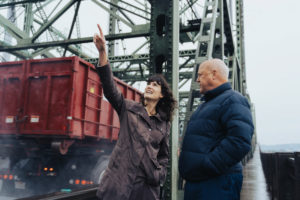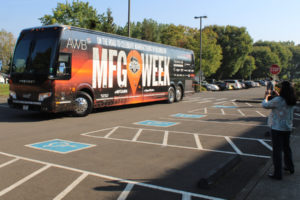Bridges shouldn’t have to sink to be replaced. However, at times, that’s what it takes. Too often, new projects succumb to years of fighting among interest groups and endless political bickering.
In 2013, opposition killed Columbia River Crossing (CRC) project, which was formed to construct a replacement Interstate 5 (I-5) bridge across the Columbia River, connecting Vancouver and Portland.
We all want more roads and bridges as long as they are in the other person’s neighborhood and someone else pays. But that attitude is not realistic as our population expands and more demands are put on our transportation system. Case in point: Seattle-based Amazon alone doubled its truck fleet to 20,000 in just a year, GeekWire.com reported.
The Hood Canal Bridge connecting the Olympic and Kitsap peninsulas is a good example of how fast bridge reconstruction can be completed.
It was originally completed in 1961. It took years to build, but in less than a day wind gusts estimated at 120 mph sank it on Feb. 13, 1979. The ensuing debate was not over whether it should be replaced, but how long would it take. As a result, reconstruction was completed in 1982.


